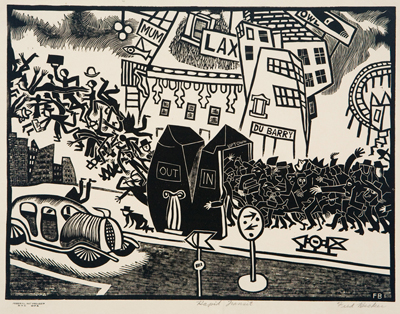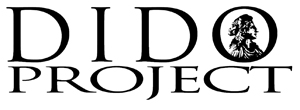
PRINTMAKING
-Vincent Van Gogh (1853-1890)-
.jpg)
.jpg)
.jpg)
Fredrick Becker, American (1888-1974)
13 5/8 inched H; 17 5/8 inches W
Works Progress Administration Allocation
1943.503.003
HOW IS IT MADE?
Unlike a painter who applies paint to what will be the final product, the printmaker has to imagine the final product and then make an opposite version using a different material. The process of first making an initial image and then making its negative may seem difficult, but one major advantage printmaking has is the reproducibility of the image. Early books were illustrated with woodcuts and engravings, and many early posters were mass-produced using a printmaking technique called lithography.
There are many ways an artist can make a print. With woodcuts, one of the oldest types of printmaking, the negative space in an image (the white space on a page) is cut out of a block so that when the ink is applied to it, only the uncut parts will leave an impression on the paper. The result is an image on parchment or paper.
Engravings are the metal cousins of woodcuts. Tiny grooves are carved into metal plates wherever the artist wants a line to appear. The ink is applied, filling in the grooves so that when the plate is pressed onto paper, an image is made. Lithographs are made by taking a plate and drawing the image with grease onto that plate. Acid is applied so that surfaces not covered with grease are water repellant. When the artist puts the water-based ink on, only the areas with the grease hold the ink. When the plate is pressed onto a piece of paper, it leaves the image.


